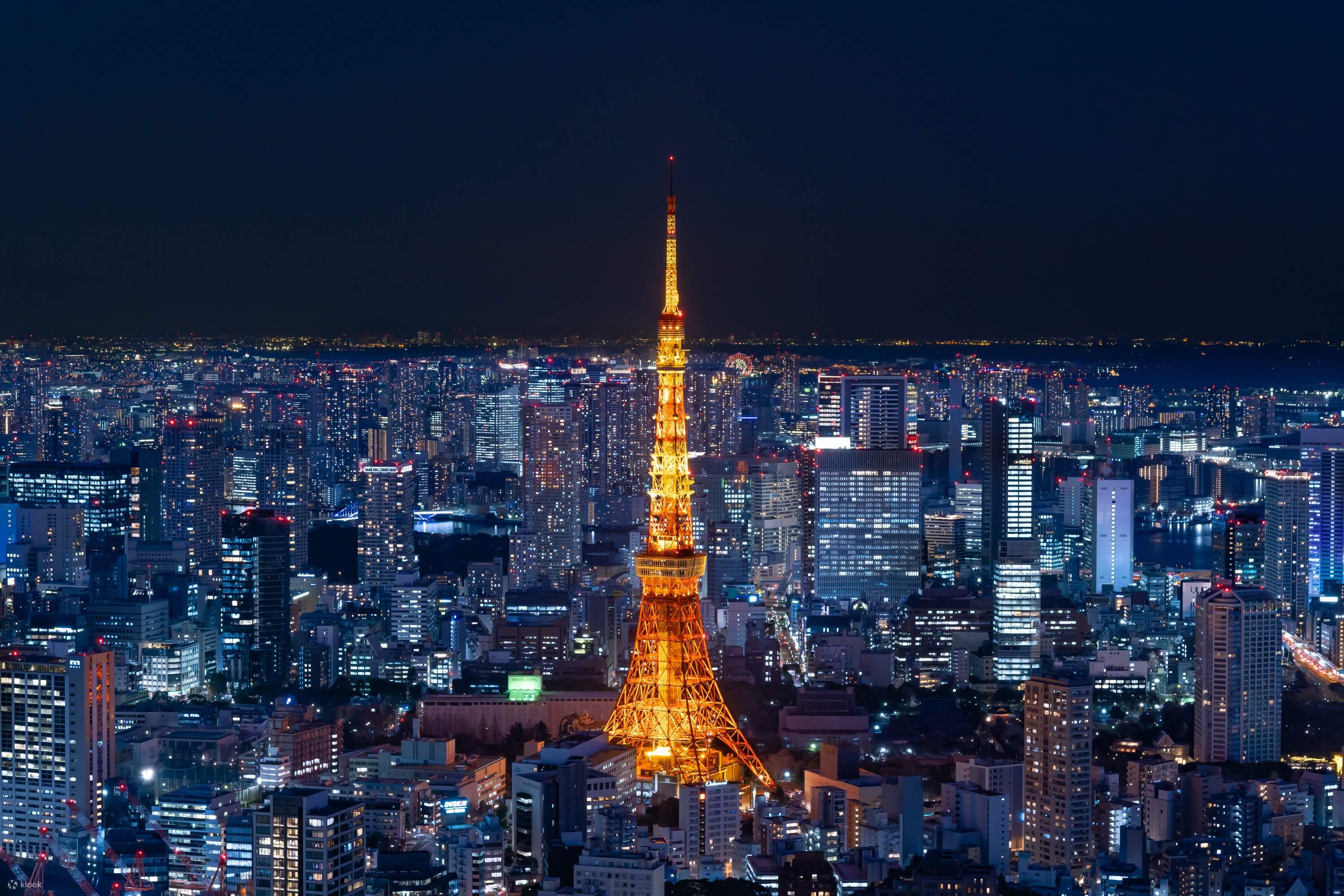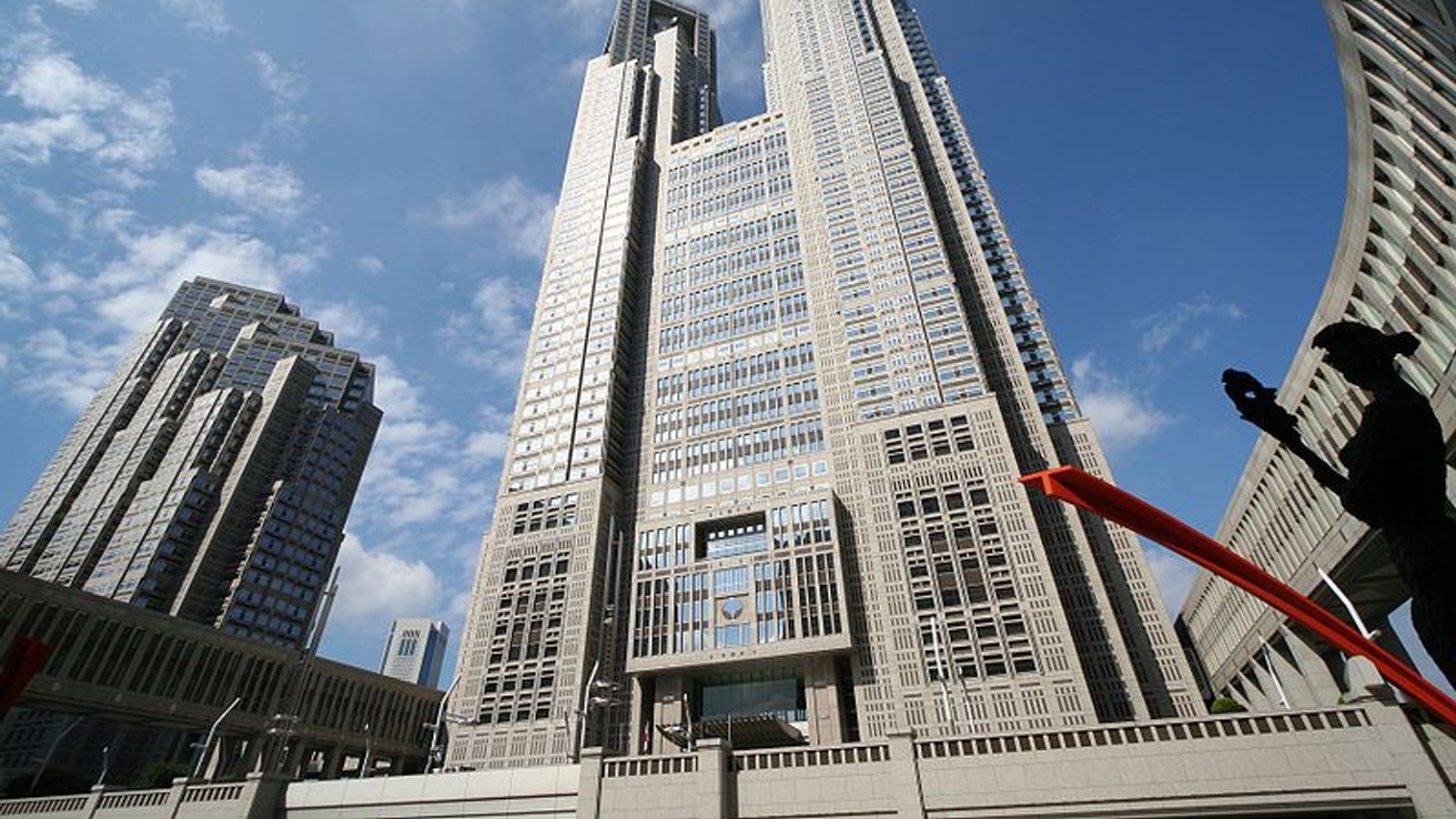- This topic is empty.
-
Topic
-
Tokyo is the capital city of Japan, located on the eastern coast of the island of Honshu. It is the most populous city in Japan and one of the most populous cities in the world, with a population of over 13 million people in the city itself and over 37 million in the Greater Tokyo Area.
It is known for its vibrant culture, cutting-edge technology, and bustling streets. It is a hub for finance, commerce, and entertainment, and is home to many global companies and organizations. The city is also famous for its food, fashion, and unique blend of traditional and modern culture.
Some popular attractions in Tokyo include the Tokyo Tower, Tokyo Skytree, Sensoji Temple, Meiji Shrine, and the Imperial Palace. The city is also home to many museums, parks, and entertainment districts, such as Shinjuku and Shibuya. The public transportation system in Tokyo is world-class, with an extensive network of trains, subways, and buses making it easy to get around the city.
Famous landmarks in Tokyo with iconic designs:
- Tokyo Tower: This iconic landmark was completed in 1958 and is a symbol of Tokyo. It is 333 meters tall and was modeled after the Eiffel Tower in Paris. It is painted orange and white, and visitors can go to the observation deck for a panoramic view of the city.
- Tokyo Skytree: Completed in 2012, the Tokyo Skytree is the tallest tower in Japan and stands at 634 meters tall. Its design is inspired by traditional Japanese architecture, with a sleek, modern twist. Visitors can go to the observation deck for incredible views of the city.
- Tokyo Metropolitan Government Building: This building houses the offices of the Tokyo Metropolitan Government and is an iconic part of the city’s skyline. It consists of two towers, each standing 243 meters tall, and the design is a modern interpretation of traditional Japanese architecture.
- Rainbow Bridge: This suspension bridge spans Tokyo Bay and connects the city’s Shibaura and Odaiba areas. It is named for its distinctive lighting system, which illuminates the bridge in a rainbow of colors at night.
- Sensoji Temple: Located in the Asakusa neighborhood, Sensoji Temple is Tokyo’s oldest and most famous temple. Its main gate, called the Kaminarimon, features a large lantern with a distinctive red and black design. The temple’s architecture and traditional Japanese gardens make it a must-visit landmark.
- Tokyo Station: Completed in 1914, Tokyo Station is a beautiful example of early 20th-century architecture. Its red-brick facade and domed roof give it a distinctive look that stands out in the heart of the city.
- Meiji Shrine: This Shinto shrine is dedicated to Emperor Meiji and Empress Shoken, who ruled Japan from 1867 to 1912. The shrine is located in a large forested park in the heart of Tokyo, and its traditional Japanese architecture and serene surroundings make it a popular spot for visitors.
Tokyo Tower

Tokyo Tower is an iconic landmark in Tokyo, Japan, and one of the city’s most recognizable structures. It was completed in 1958 and stands at 333 meters tall, making it the second-tallest structure in Japan after the Tokyo Skytree.
The tower was designed by architect Tachū Naitō, who was inspired by the Eiffel Tower in Paris. The tower’s design features an orange and white color scheme and a lattice structure that makes it a distinctive part of Tokyo’s skyline.
Visitors can go to the observation deck, which is located at a height of 150 meters and offers panoramic views of the city. There is also a higher observation deck, called the Special Observatory, located at a height of 250 meters.
Tokyo Tower also houses a variety of shops, restaurants, and attractions. There is a wax museum, a trick art gallery, and even a small aquarium located within the tower.
Tokyo Skytree

Tokyo Skytree is a broadcasting and observation tower located in Tokyo, Japan. It was completed in 2012 and is currently the tallest tower in Japan, standing at a height of 634 meters.
The tower was designed by the Japanese architecture firm Nikken Sekkei and features a sleek, modern design that was inspired by traditional Japanese architecture. The tower is painted in a distinctive shade of blue-gray, and its shape resembles a traditional Japanese pagoda.
Visitors can go to the observation decks, which are located at heights of 350 and 450 meters above ground level. These decks offer breathtaking views of Tokyo and the surrounding area, including Mount Fuji on clear days.
It also houses a variety of shops, restaurants, and entertainment facilities. There is a large shopping mall at the base of the tower, as well as a planetarium and an aquarium.
At night, Tokyo Skytree is illuminated by a series of LED lights that change colors throughout the evening, creating a beautiful and dynamic sight that can be seen from many parts of the city.
Tokyo Metropolitan Government Building

The Tokyo Metropolitan Government Building, also known as Tokyo City Hall, is a government building located in Shinjuku, Tokyo, Japan. It serves as the headquarters of the Tokyo Metropolitan Government and houses many of the city’s administrative offices.
The building was designed by architect Kenzo Tange and was completed in 1991. It consists of two towers, each of which is 243 meters tall and has 48 floors. The towers are connected by a large atrium, which serves as the entrance to the building.
The design is a modern interpretation of traditional Japanese architecture, with a focus on clean lines and minimalism. The towers are made of steel and glass, and their distinctive shape and color make them a notable part of Tokyo’s skyline.
Visitors to the Tokyo Metropolitan Government Building can go to the observation deck, which is located on the 45th floor of each tower. The observation deck offers panoramic views of Tokyo and is free to visit. There is also a restaurant located on the 45th floor of one of the towers, which offers views of the city while dining.
Rainbow Bridge

The Rainbow Bridge is a suspension bridge located in Tokyo, Japan. It spans Tokyo Bay and connects the city’s Shibaura and Odaiba districts. The bridge was completed in 1993 and is one of Tokyo’s most recognizable landmarks.
The Rainbow Bridge is named for its colorful lighting system, which illuminates the bridge in a rainbow of colors at night. The lights can be seen from many parts of the city and are often used to celebrate special events or holidays.
The bridge is 798 meters long and stands at a height of 126 meters above sea level. It consists of two main towers and two suspension cables that support the bridge deck. The bridge’s design is modern and sleek, with a white color scheme that is visible from many parts of the city.
Pedestrians and cyclists are allowed to cross the Rainbow Bridge on designated pathways, which offer stunning views of the city and the surrounding water. There is also a sightseeing boat that offers tours of Tokyo Bay and passes under the Rainbow Bridge for a unique perspective on the structure.
Sensoji Temple

Sensoji Temple, also known as Asakusa Temple, is a Buddhist temple located in the Asakusa district of Tokyo, Japan. It is one of the oldest and most famous temples in the city, and a popular tourist attraction.
The temple was founded in the 7th century, although the current buildings date back to the 17th century, having been rebuilt after being destroyed in fires and during World War II. The temple complex includes several buildings, including the main hall, a five-story pagoda, and several smaller shrines and gates.
Visitors can approach the temple through Nakamise-dori, a shopping street that leads to the temple’s main gate. The street is lined with shops selling souvenirs, snacks, and traditional Japanese goods. Once inside the temple grounds, visitors can explore the various buildings and take part in traditional Buddhist practices, such as lighting incense and making offerings.
One of the most iconic features is the large red lantern hanging at the entrance gate, which is said to be the largest lantern in Japan. The temple also hosts a variety of festivals and events throughout the year, including the Sanja Matsuri festival in May, which is one of Tokyo’s largest and most colorful festivals.
Tokyo Station

Tokyo Station is a major railway station located in the Marunouchi business district of Tokyo, Japan. It is one of the busiest train stations in the country, serving millions of passengers every day on the various lines that pass through it.
The station was first opened in 1914 and has undergone several renovations and expansions since then, with the most recent renovation completed in 2012. The design is a mix of Western and Japanese architecture, with a distinctive red-brick facade and a large central dome.
The Station serves as a hub for several railway lines, including the JR Yamanote Line, which circles central Tokyo, and the Tokaido Shinkansen, which connects Tokyo to Osaka and other major cities in western Japan. The station also has several shopping and dining options, including a large shopping center located underneath the station.
One of the most notable features is the large, illuminated clock tower that sits atop the central dome. The clock tower is a popular meeting spot for locals and tourists alike, and the light display changes depending on the time of day and season.
Meiji Shrine

Meiji Shrine is a Shinto shrine located in Shibuya, Tokyo, Japan. It was built in honor of Emperor Meiji and his wife, Empress Shoken, and is one of the most famous and popular shrines in Tokyo.
The shrine was built in 1920 and was destroyed during World War II, but was rebuilt in the post-war years. The shrine complex includes several buildings, including the main hall, a museum, and a treasure house.
Visitors can enter the complex through the large torii gate, which stands at 12 meters tall and is made of cypress wood. The main hall is located in a large forested area, which provides a peaceful and serene atmosphere.
The shrine is known for its traditional Japanese architecture, with a design that emphasizes simplicity and harmony with nature. The buildings are made of wood and copper, and the roofs are covered in cypress bark.
It has extensive gardens, which feature a variety of plants and trees that change with the seasons. The gardens are a popular spot for locals and tourists alike, especially during cherry blossom season in the spring.
- You must be logged in to reply to this topic.






